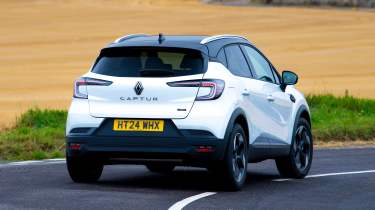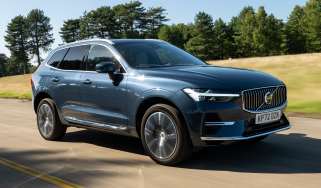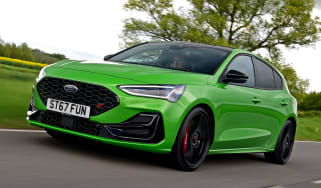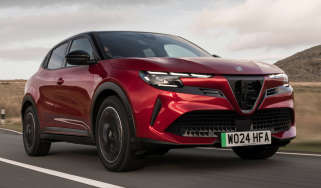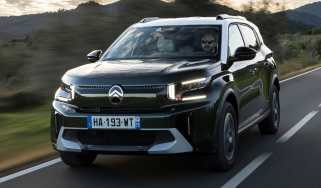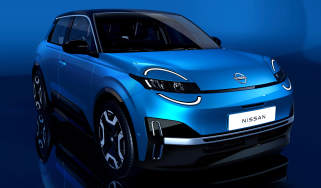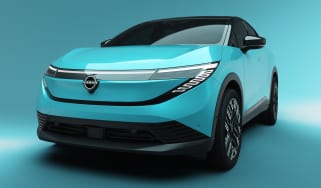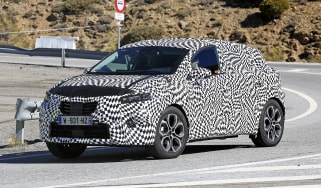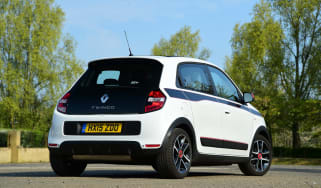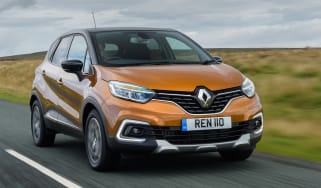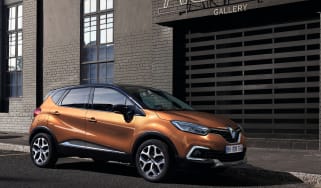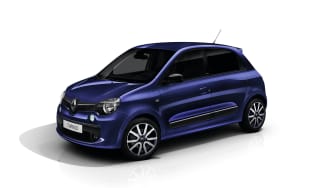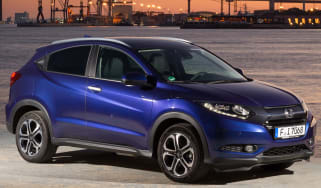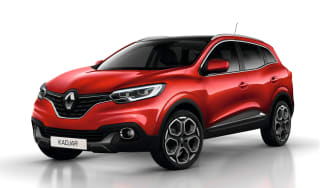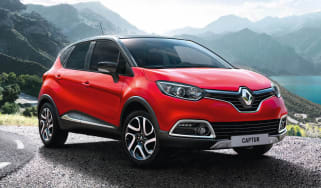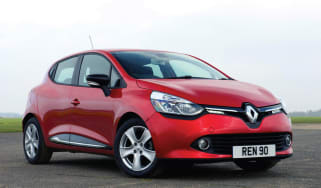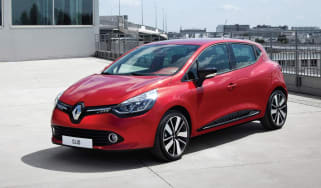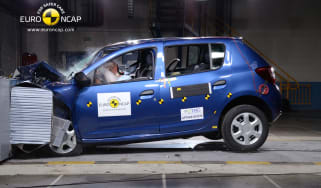Renault Captur review – a stylish, good-value small SUV
“The Renault Captur is one of the small SUVs to beat, thanks to low running costs and plenty of style”
Pros
- Easy to drive
- Sliding rear bench
- Good value
Cons
- Slow TCe 90 petrol engine
- Not the most fun to drive
- Harsh engine note in Sport mode
Verdict – is the Renault Captur a good car?
The Renault Captur has long been one of our favourite small SUVs because it’s arguably the best all-rounder of the bunch. Its 2024 facelift has brought a refreshed new look and slightly improved driving feel that hasn’t compromised on comfort. The Captur is still competitively priced and offered with great financing deals that only serve to boost its appeal.
Renault Captur models, specs and alternatives
A multiple-time Carbuyer Best Small Family Car award winner, the Renault Captur has remained one of our favourite small SUVs since it first hit showrooms in 2013. An all-new second-generation car arrived in 2019, improving upon the original in practically every way, but staying true to its good-value, supermini-based roots. However, the small SUV market has become increasingly crowded over the past few years with a raft of new affordable options, so the Captur has its work cut out to remain relevant in 2024.
Renault knows this, so it treated the Captur to a comprehensive update in 2024, giving it a new lease of life to take on its fresh-faced rivals. Perhaps the most noticeable change as part of the facelift is the heavily revised front end, which does away with the outgoing car’s C-shaped headlights in favour of squared-off two-piece clusters on each side. Its boxier, more upright look leans more into the SUV aesthetic than before, with a more conservative design that’s a wider departure from the Clio hatchback on which the Captur is based. Instead, it moves closer to the latest Symbioz and Scenic SUVs in the brand’s line-up. Changes to the rear styling are subtler, with the C-shaped tail-lights remaining, albeit with a smokey tint.
The latest Renault Captur is offered in three trims: Evolution, Techno and Esprit Alpine. The Captur is well equipped as standard, so most buyers should be happy with its tech offering in Evolution, but the Techno adds more ‘big car’ features, and the Esprit Alpine is arguably the most stylish version to look at.
More reviews
Used car reviews
Under the skin, the same 1.0-litre entry-level TCe 90 engine is still available alongside a 1.6-litre E-Tech hybrid model, though it’s unclear whether the plug-in hybrid that was once briefly offered will make a comeback. There have been some tweaks to the suspension and power steering setups, however, which should make it more agile and responsive.
Bigger changes have made it to the interior, with all Capturs now getting a 10.4-inch portrait infotainment screen with Renault’s Google-based software also found in the latest Clio. It’s an easy-to-use system and gets 50 voice commands and plenty of apps to download.
The current generation of Renault Captur is slightly bigger inside and out compared with the car it replaced, with a modernised design that made it better to drive and sit in. Spacious rear seats and generous boot space help it win over families compared with the Renault Clio supermini on which it’s based, and it’s just as cheap to run and not much more expensive to buy.
There are lots of practical features for both passengers and luggage, and you can adapt the balance of space between them thanks to a sliding rear bench. This can move 160mm forwards and backwards to adjust boot space between 422 and 536 litres, even if legroom is almost non-existent with it slid fully forwards.
Despite the fact that the pre-facelift Renault Captur achieved the full five-star Euro NCAP safety rating, it was demoted to just four stars when the facelifted car was retested in 2024. That’s because the institution’s testing criteria got much more stringent since, and because the Captur is a big seller it was retested. Unfortunately, Renault customer satisfaction is poor, with the brand coming in 28th place out of 32 brands. Reliability is nothing to write home about, but it’s not bad either – 24.4% of owners reported an issue with their Renault within the first year in our 2024 Driver Power survey, which is about average.
The Renault Captur has countless rivals, as the small SUV market has flooded with new models in recent years. Its closest competitors are the Nissan Juke and Ford Puma, both of which are hugely popular in the UK. The Captur is arguably the most well-rounded small SUV of the trio, offering a blend of practicality, comfort and value for money that those two rivals struggle to match. Outside of those options, the Toyota Yaris Cross offers a similar hybrid experience to the Captur E-Tech, while the Dacia Duster offers more space for similar money.
What about buying a used or nearly new Renault Captur?
You could save quite a bit of cash on a used or nearly new Renault Captur. Many of the second-generation cars still have some time left on their factory warranty, which will give some peace of mind, but you’ll also be able to make a saving on the asking price.
What’s its history?
The first Renault Captur arrived in 2013, using Renault Clio parts but with a raised-up body and a more practical interior. It was initially available with 0.9 and 1.2-litre petrol engines and a 1.5-litre diesel, although as part of a 2017 facelift the 1.2 was dropped and a 1.3-litre model was added instead. The update also brought LED lights and a different grille, plus some more equipment.
The second-generation model came out in 2019 and was better in just about every way. It was much more upmarket inside than before, despite its affordable price, and the driving experience had been greatly improved as well.
Used Renault Captur (Mk1 2013-2019)
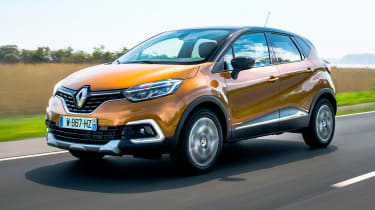
The best version of the Mk1 Renault Captur is the 1.3-litre petrol with a manual gearbox and in mid-spec Iconic trim. These were only available after the 2017 update, so they’re a bit more expensive. If you have a tighter budget, you could choose an earlier 1.5-litre diesel model instead. You can read more about the Mk1 Captur in our full buying guide

